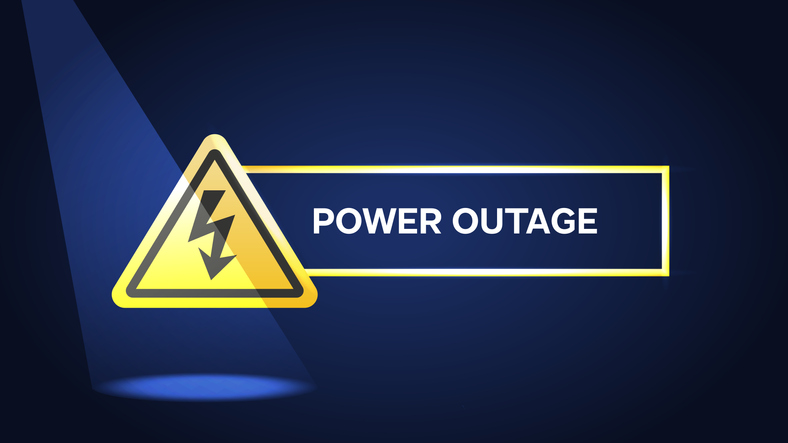Key Findings
1. The recent blackouts in Texas have increased awareness of the need for reliable sources of electricity.
2. The risk of a power shortage in Washington is already slightly above the acceptable standard of 5 percent for Loss of Load Probability (LOLP).
3. That risk increases dramatically in the upcoming years, reaching 26 percent in 2026.
4. A new assessment being completed by the NW Power and Conservation Council could find the risk is even higher than that.
5. Removing the four Lower Snake River dams would cause that already high risk to increase even more.
6. Reducing the LOLP to an acceptable level in our state will be challenging given the limits on building new dispatchable energy sources like hydro and natural gas.
Introduction
The recent electrical blackouts in Texas have sparked a great deal of discussion about how society can provide a predictable supply of electricity while reducing the environmental impact of producing energy. The costs of getting policies wrong, as has been demonstrated in Texas and California, can lead to expensive and deadly outcomes.
Although Washington State has a very different energy mix and utility system, the experience in Texas is a good reminder of how state leaders should assess the resiliency of our electricity generation and the grid’s ability to withstand a serious winter storm.
What is the outlook for the stability of Washington’s electrical supply? Currently, the risk of blackouts is slightly higher than is acceptable and the danger will get much worse in the near future. The high risk is a warning that the state’s energy policy should not ignore reliability.
Read the full Policy Note here.






